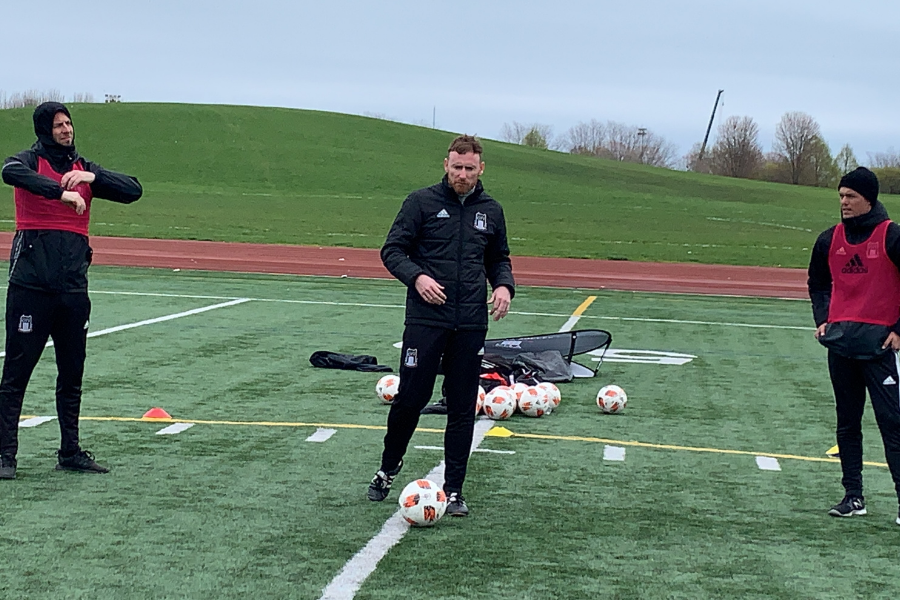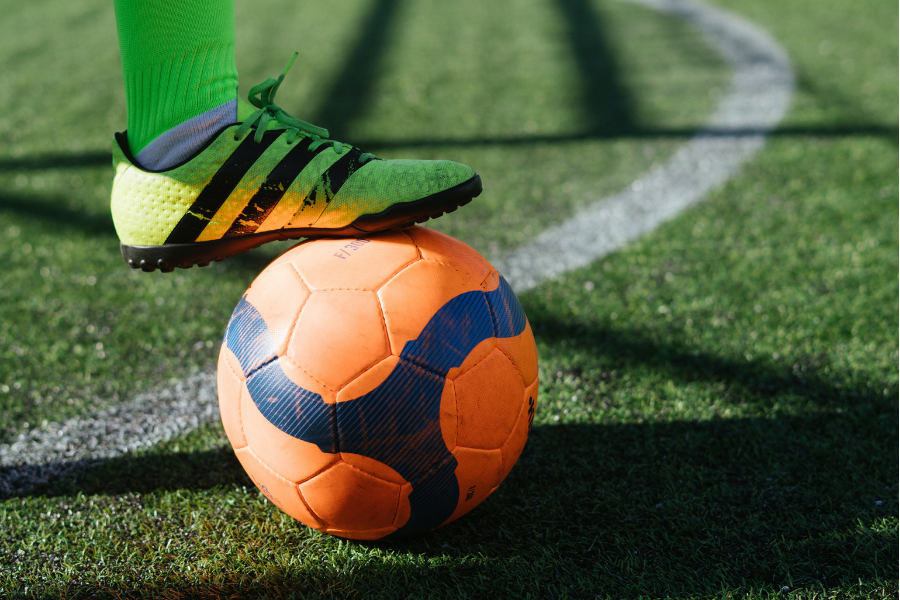Introduction Hamstring injuries are among the most common injuries in soccer, often occurring due to overtraining or inadequate preparation. The …


Introduction Hamstring injuries are among the most common injuries in soccer, often occurring due to overtraining or inadequate preparation. The …

Planning to return to soccer? Returning to sport occurs in multiple and progressive phases that start 3-5 months following surgery. …

Soccer Players – An effective dynamic warm up will mimic the activities needed to be performed. In soccer, because of …